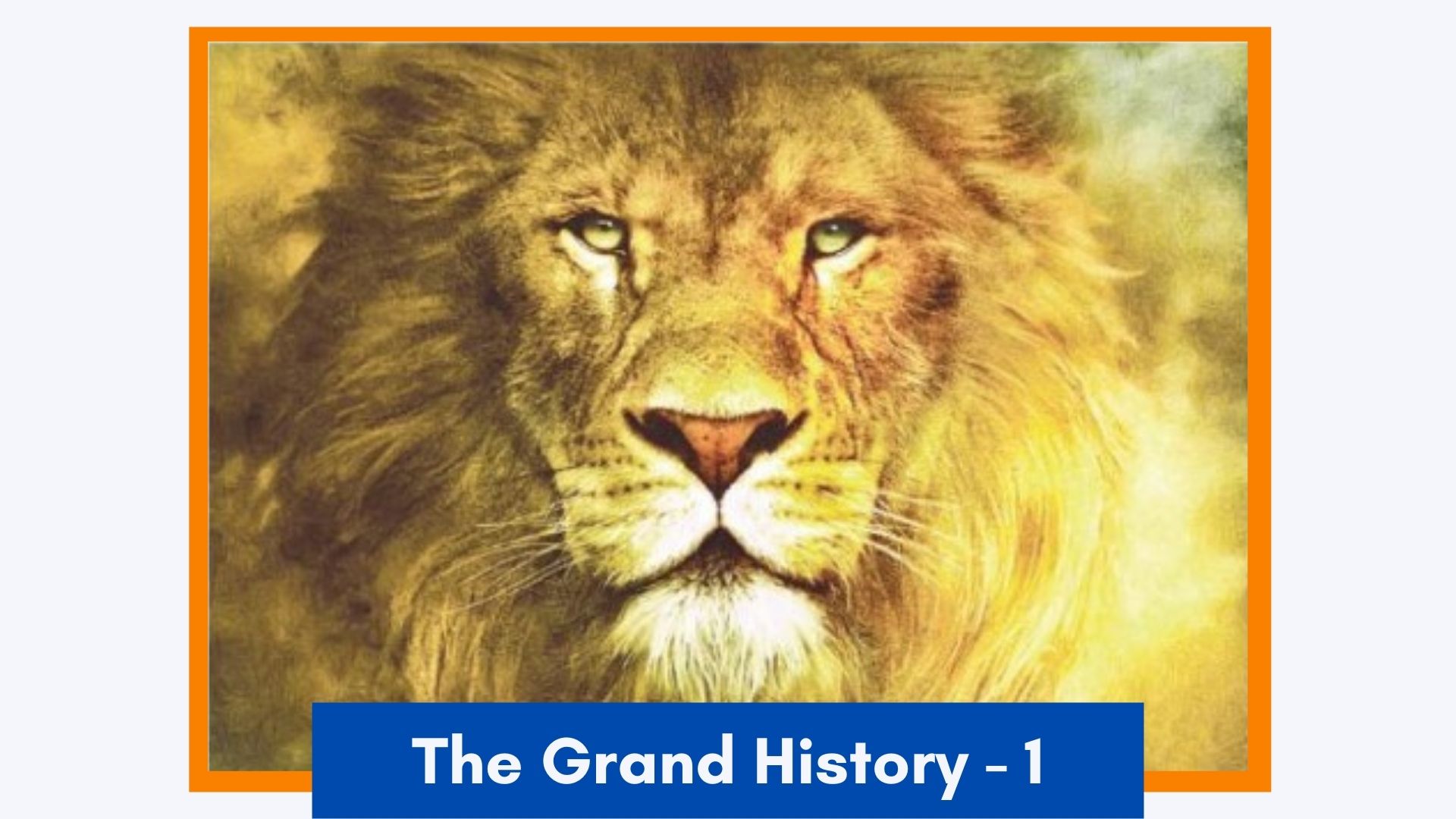

The era of Emperor Samudragupta is known as the Golden Age in the known history of Bhārat. Travelogues and inscriptions, written by many foreign travelers from that era, provide valuable information on the splendor, prosperity and strength of Bhārat during this period. According to some researchers, Samudragupta’s empire covered almost two-thirds of present-day Bhārat, while according to some scholars, Samudragupta's empire covered two-thirds of present-day Bhārat directly and the rest indirectly. Not only that, about 30 to 35 states outside the present-day borders of Bhārat were under Samudragupta’s vassalage.
Almost all the foreign travelers have described that during this period, ‘smoke of gold’ emanated from all over Bhārat. We have to see as to what was happening differently in this empire, due to which Bhārat’s wealth and prosperity attained such great heights during this period.
With the help of historical records and folklore, information about the many strengths of Samudragupta’s rule is available. An ancestor of our Padhye family, one Vishnu Prasad Sharma Mudgal, was the Kulacharya and Mahamantri of Samudragupta; as a result, many stories of Samudragupta became prevalent in the Padhye family. For this reason, the desire to study this period in depth was born in my mind in childhood itself.
As this dynasty was traditionally associated with the merchant class, the government promoted and gave priority to national and international trade during this period. Hordes of merchants used to travel from various ports of Bharat to places such as Middle East, Greece, Egypt to do business. Samudragupta and his officials had hugely encouraged and supported the setting up of various factories to manufacture finished goods, tools and commodities from the raw materials available in Bhārat. Production and trade of silk garments, cotton fabric, spices, saffron, musk, perfume, body scrub (Ubtan), cosmetics, as well as copper utensils, chests, safes and decorative items continued to grow in various parts of Bhārat. Various ornaments made of gold, pearls and also gems such as emeralds, rubies, etc., in India, were extremely popular amongst all the royals (in foreign countries) as well as aristocratic families. Wealthy people from Britain and Spain also flocked to Greece to buy special goods manufactured in Bhārat. That is precisely why the Dutch, Spanish, Portuguese, French and British merchants and monarchs knew Bhārat well. However, since their merchant navy, shipbuilding and navigation was not even one-tenth of that of Bhārat, it was not possible for them to reach Bhārat; all they knew was the land route from Greece to Bhārat. However, the terrain of this route was not only challenging and dangerous but was fraught with danger of being looted by gangs that existed on large tracts of the route.
Samudragupta, while increasing his trade with other countries, took utmost care that the science of shipbuilding never fell into the hands of the Greeks or Egyptians. However, later on, lured by the tremendous wealth of Bhārat, the French, British, Dutch and Portuguese developed their own navigation skills and chalked out the sea-route with the sole intention of gobbling up the wealth of Bhārat. It was during this period (several years after the Samudragupta era) that the ‘sea’ trade became ‘almost extinct’ for Bhāratiyas. This is because some irrational and irresponsible, so-called Dharmacharyas declared that ‘seafaring was a sin’ and under this pretext, they imposed restrictions on the traders. At the same time, for those who broke the rules, very expensive atonement rituals were enforced to ‘rid them of their sin’. It was from this point onwards that Bhārat started weakening in all respects.
During his reign, Samudragupta established huge arms factories all over Bhārat and kept control of arms and armoury trade with Bhārat. The quality of weapons made in Bhārat was so high that countries, far and wide, used the same weapons for their armies. Due to this, not only huge wealth came Bhārat’s way, but Bhārat’s arsenal also instilled a feeling of awe and fear among other countries.
(to be continued....)
Courtesy : Daily Pratyaksha
Click here to read this editorial in Hindi
